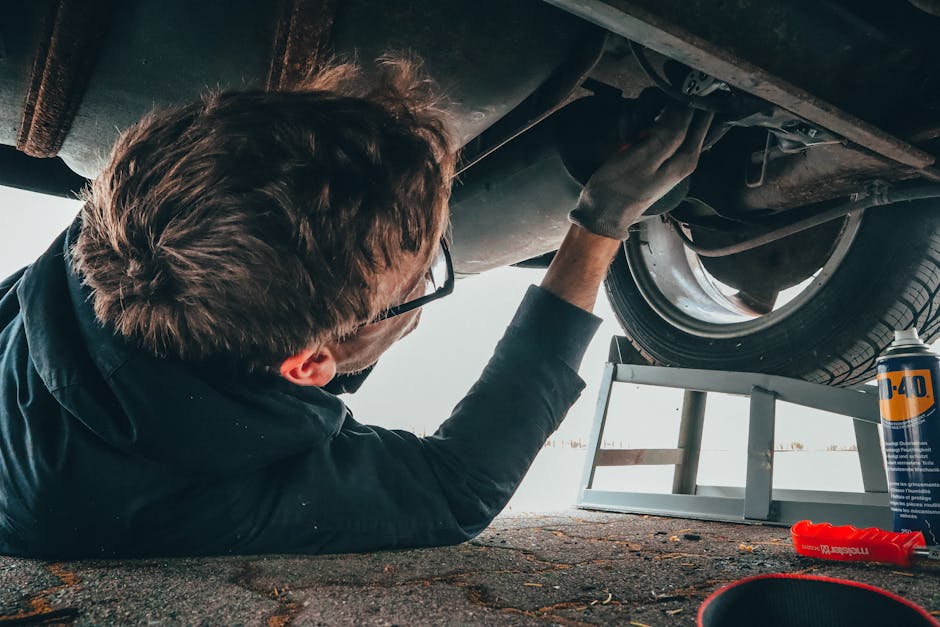 Engine Setup: A Comprehensive Guide for Beginners
Engine Setup: A Comprehensive Guide for Beginners
Installing an engine can seem like a complicated task, but with the ideal understanding and devices, it can be a satisfying experience. Whether you’re changing an old engine, upgrading for efficiency, or simply learning about vehicle technicians, comprehending the basics of engine installation is important. This guide will stroll you via the needed actions to guarantee an effective installation.
Before starting the setup procedure, it is necessary to collect all the called for devices and components. Fundamental tools like wrenches, sockets, and screwdrivers are necessary, and you might additionally need specific devices such as an engine hoist and an engine stand. Furthermore, ensure you have all the essential replacement components. These might consist of gaskets, seals, and fluids. A well-organized work area will make the process smoother and help avoid shedding little parts.
When you have whatever all set, the initial step is to prepare the engine bay. This includes disconnecting the battery and getting rid of any kind of elements that will certainly obstruct the engine’s positioning, such as the air consumption, radiator, and exhaust manifold. Make certain to label and keep these components thoroughly. After the bay is clear, you can after that continue to eliminate the old engine if you’re changing one. Thoroughly lower it using the hoist, following the supplier’s standards for risk-free removal.
With the old engine out, it’s time to prepare the brand-new engine for setup. Inspect all elements and ensure they are in appropriate working order. Lube relocating parts, mount new gaskets, and make any needed adjustments before attempting to place the engine in the bay. When all set, use the engine hoist to lift the brand-new engine right into position. Align it with the mounts and protect it according to the manufacturer’s specs. Double-check that all angles are right to stop misalignment.
After the engine is safeguarded, reconnect all components that were formerly gotten rid of. This consists of reattaching the radiator, air consumption, electrical wiring harnesses, and any type of various other connections. Be thorough, as incorrect connections can cause efficiency problems or engine failure. When every little thing is attached, replenish the fluids and look for any leakages prior to starting the engine for the first time. An effective engine installment brings a feeling of achievement and can substantially improve the performance of your vehicle.
In conclusion, setting up an engine is a multifaceted process that requires proper planning, the right devices, and focus to detail. With persistence and careful implementation, also newbies can effectively complete an engine setup. This ability not just provides a deeper understanding of your car however likewise equips you to manage future automobile tasks with self-confidence.